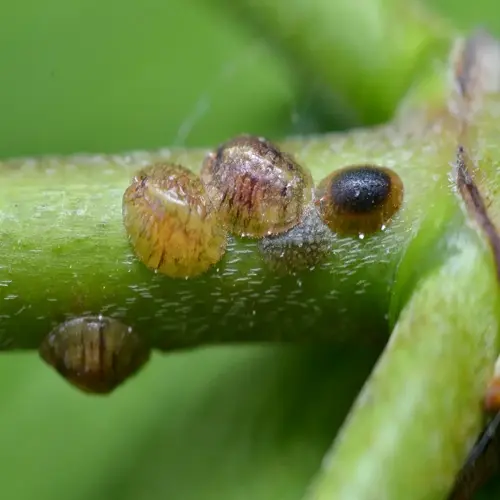Why do some cuttings fail to root?

Written by
Liu Xiaohui
Reviewed by
Prof. Samuel Fitzgerald, Ph.D.Occasionally, cuttings receive full development without your caution. Bacterial scavenging, poor lighting, or excessive moisture are among the primary causes. I have lost cuttings in the ways mentioned above, but I have found some remedies. The patient observer can gain insight into the cause by observing physical symptoms.
Bacterial contamination can lead to rapid failure. Disinfect tools with a bleach solution before every cut. Use fresh potting soil. Don't touch the cut surfaces. I disinfect my work area weekly. Your cuttings remain healthy when you eliminate bacteria at all stages of growth.
Lack of light inhibits rooting. Provide 14 hours daily with grow lights. Keep lights 6-8 inches from the cuttings. Rotate the containers for even exposure. My propagation shelf has lights controlled by a timer. You encourage rooting through constant light.
Moisture Control
- Maintain damp but not soggy soil
- Use spray bottles for delicate roots
- Allow top layer to dry slightly between waterings
Sterilization Protocol
- Disinfect tools with 10% bleach solution
- Use sterile potting media
- Wash hands before handling cuttings
Environmental Factors
- Maintain 65-75°F (18-24°C) temperatures
- Ensure adequate air circulation
- Avoid cold drafts or heat vents
Moisture imbalance leads to large failures. Excessive watering suffocates roots. Not watering enough stresses cuttings. Use well-drained soil mixtures. Check moisture by the feel of finger tests. I water when the top inch feels dry. Your cuttings develop big root systems.
Consider temperature extremes and bad air circulation as other factors. For most plants, keep temperatures in the range of 70-75°F. Use small fans to gently circulate air around the plants. I avoid drafty windowsills. You can create perfect rooting environments using climate control.
Patience remains essential. Some plants root slowly. Resist checking roots prematurely. I mark calendars for expected timelines. You avoid damaging delicate new roots through unnecessary disturbance.
Read the full article: 7 Essential Plant Propagation Techniques Explained

